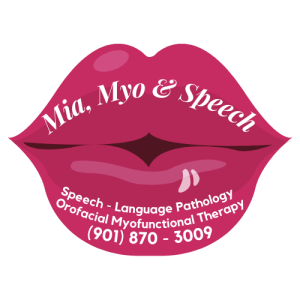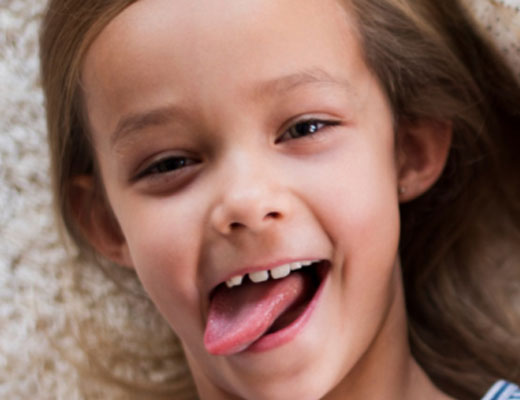Services
Tethered Oral Tissues
Tethered oral tissues (TOTs) are a group of conditions characterized by restrictive bands of tissue in the mouth that can limit the range of motion of the tongue, lips, or cheeks. These restrictions can potentially impact various oral functions, including feeding, speech, and oral hygiene, and may even have broader effects on development and overall well-being.
Malocclusions
Malocclusion, in simple terms, means a “bad bite.” It’s a dental condition where the upper and lower teeth don’t align properly when the jaws are closed. This misalignment can range from subtle to severe and can involve crooked, crowded, or spaced-out teeth, as well as improper jaw relationships.
Tongue Thrust
Tongue thrust, also known as an orofacial myofunctional disorder (OMD), is a behavioral pattern where the tongue pushes forward against or between the front teeth during swallowing, speaking, or even when the tongue is at rest. In a typical swallow, the tongue should press against the roof of the mouth (palate) just behind the front teeth.
Sleep Disordered Breathing
Sleep Disordered Breathing (SDB) is a general term for a group of conditions characterized by abnormal breathing patterns during sleep. These disorders can range in severity and involve difficulties with ventilation, leading to disruptions in sleep quality and oxygen levels.
Jaw Pain
Common culprits for jaw pain often involves the temporomandibular joint (TMJ), the hinge connecting your jawbone to your skull. TMJ disorders can arise from various factors, including teeth grinding or clenching (bruxism), stress, arthritis, or an injury to the jaw.
Other less common causes might include sinus infections, trigeminal neuralgia (a nerve condition), or in rare cases, more serious medical conditions.
Oral Habits and Mouth Breathing
Oral habits, such as thumb sucking, finger sucking, nail-biting, tongue thrusting (pushing the tongue against the teeth when swallowing or speaking), and bruxism (teeth grinding or clenching), are repetitive behaviors involving the mouth.
Mouth breathing refers to the chronic habit of inhaling and exhaling primarily through the mouth instead of the nose. While occasional mouth breathing due to a cold or strenuous exercise is normal, habitual mouth breathing can stem from various underlying issues.






